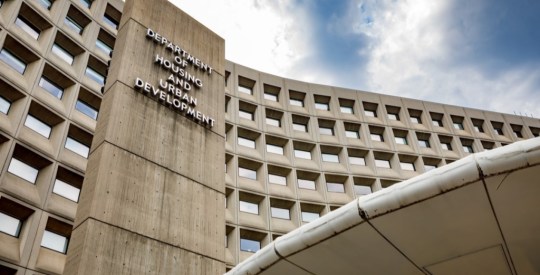Long Island-based Lend America announced Tuesday it had not only successfully saved a borrower’s home from foreclosure as the California-area authority stood at the door ready to evict the residents, but the mortgage bank had made a hefty new year’s resolution for 2009 — saving 10,000 U.S. homes from foreclosure. A recently enacted Hope for Homeowners awareness program at the bank is slated to do much of the heroics, and has already saved at least one California home from foreclosure. “Terry and Susan Cook initially owed their lender $491,000 and we refinanced them for $240,000,” mortgage specialist Clyde Ward in a press statement. Lend America stopped foreclosure on the Cook’s home — and eventually saved them $250,000 off the principal balance — when a California authority knocked on the door ready to evict on a misunderstanding. “I was able to get on the phone with them and let them know that the house was refinanced and that they should check with their superiors and verify what I was telling them,” Ward told HW in an interview. The H4H loan was already in process at the time of the event and the paperwork had simply been misplaced at the office of the authority that came to evict the Cooks. “From beginning to end, we probably closed the loan in 20 days,” Ward said. With a short but sketchy history, the Hope for Homeowners program (H4H) was passed in July and initially praised as a surefire method of promoting homeownership affordability and rescuing troubled borrowers. With fewer than 100 applications for Federal Housing Administration loans through Hope for Homeowners since the program’s effective start date of Oct. 1, it was clear by mid-November that some “meaningful changes” were needed. The U.S. Housing and Urban Development secretary Steve Preston on Nov. 19 announced that the Hope for Homeowners (H4H) Board of Directors had approved changes to the program to help more distressed borrowers refinance into affordable, government-back mortgages. “Clearly, meaningful changes were needed,” Preston said. “These modifications should increase lender participation and help more families who are having difficulty paying their existing mortgages, but can afford a new affordable loan insured by HUD’s Federal Housing Administration.” The changes included increasing the loan to value ratio (LTV) from 90 to 96.5 percent for some H4H loans; for borrowers whose mortgage payments represent no more than 31 percent of their monthly gross income and household debt no more than 43 percent. Raising the LTV ratio reduces the gap between the existing loan balances and the new H4H loan and decrease losses to the existing primary lienholders, according to a HUD press release regarding the announcement. Another change to the program involved simplifying the process to remove subordinate liens by permitting upfront payments to lienholders in exchange for releasing their liens, to permit more borrowers access to the program. The last change would allow lenders to extend mortgage terms from 30 to 40 years, possibly reducing borrowers’ monthly payments enough to make it possible for them to qualify for the plan and save their homes. “A lot of FHA endorsed lenders were shying away from the program because the underwriting guidelines were so strict,” Lend America’s chief marketing officer, Mary McPhail, said in an interview. “We’ve definitely seen an increase in volume…because the guidelines were slightly relaxed. It opened more and more doors for us to be able to help people stay in their homes.” McPhail could not provide specific numbers of H4H loans being processed at the time this story was published. Write to Diana Golobay at [email protected].
Lender Continues to Buck Trend, Saves Home Through H4H
Most Popular Articles
Latest Articles
New HUD rule aims to increase lender participation in tribal housing program
HUD says the new rule is designed to increase and streamline Native American borrowers’ access to homeownership.



